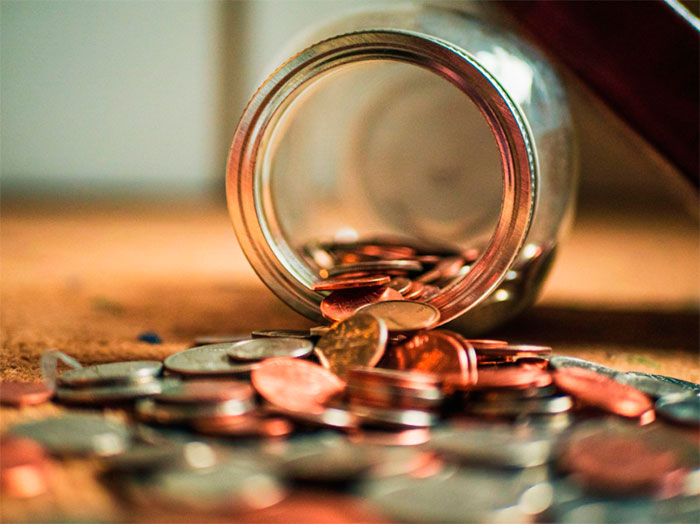Collecting historical items continues to thrive in an age dominated by rapid technological advancements. Besides being a simple pastime, collecting offers a way to engage with the past in a tactile, meaningful way. Whether it’s the artistry of a vintage stamp, the worn edge of an ancient coin, or the faded ink of a handwritten letter, each item holds a story waiting to be uncovered. Collectors such as Tyler Ross often acquire a deeper appreciation for culture, politics, and craftsmanship through their pursuits. As modern tools and online communities enhance the experience, starting and maintaining a collection today is more accessible than ever.

Why Collecting Historical Items Still Matters
Collecting stamps, coins, and manuscripts remains a meaningful pursuit for many. These pieces of history offer a direct connection to different times, places, and people, allowing collectors to experience the past in a personal way.
A single coin can reflect the rise and fall of empires, while a handwritten note might preserve the thoughts of someone long gone. Many are drawn to the quiet satisfaction of organizing, learning, and preserving these objects, finding value that goes beyond material worth. What starts as a simple interest often grows into a lifelong hobby that deepens one’s understanding of history and cultures.
The Storytelling Power of Stamps
Every stamp bears a small window into a larger world. From a commemorative issue honoring a national hero to a colorful design showcasing wildlife, stamps chronicle moments in time. They reflect political shifts, cultural milestones, and artistic styles, often with surprising depth given their small size.
Collectors often gravitate toward themes, such as historical events, space exploration, or regional flora, building collections that tell curated stories. A rare misprint or limited-edition release can spark fascination, not only because of its scarcity but also the narrative behind its creation and circulation. Online forums and specialized catalogs have made it easier than ever to connect with others who share the same passion.
Seeing the World Through Coins
Coins are miniature time capsules, revealing details about the cultures that produced them. Ancient currencies might display the profile of a long-forgotten ruler, while an everyday coin could mark a country’s independence or celebrate a scientific achievement. Changes in material, design, and inscriptions offer clues about economic conditions and political priorities of the time.
Some collectors focus on specific eras, like Roman denarii or early American currency, while others are drawn to unusual features such as minting errors or discontinued denominations. The pursuit often involves learning about metallurgy, historical context, and authentication methods, giving the hobby a rewarding dimension. Coin collecting also appeals to those who appreciate craftsmanship. The artistry in coin design—from intricate coats of arms to symbolic imagery—adds another layer of meaning.
Manuscripts and History
There’s something deeply moving about handling a handwritten letter or a journal from centuries ago. Manuscripts reveal the thoughts, language, and emotions of people long gone, offering a closer look at history than printed books or digital archives ever could.
Collectors often seek out pieces with known provenance, tracing ownership through generations. The ink, paper type, and even the wear on the pages tell a story. Caring for these fragile items becomes part of the journey, as preservation ensures these windows into the past remain open for future generations.
Starting and Maintaining a Collection
Getting into collecting doesn’t require a fortune—just curiosity and a bit of guidance. Whether it’s stamps, coins, or manuscripts, new collectors benefit from starting small and learning as they go. Local dealers, online marketplaces, and museum websites provide great starting points. Visiting fairs or auctions can also offer hands-on insight and build confidence.
Digital catalogs, collection-tracking apps, and online communities have made it easier to authenticate finds and connect with others around the world. Even virtual exhibits and auctions now offer access to rare items once limited to elite circles. Balancing tradition with innovation has become part of the collector’s journey. While the objects remain physical, the tools used to find and share them have expanded, bringing fresh energy to these age-old pursuits.
